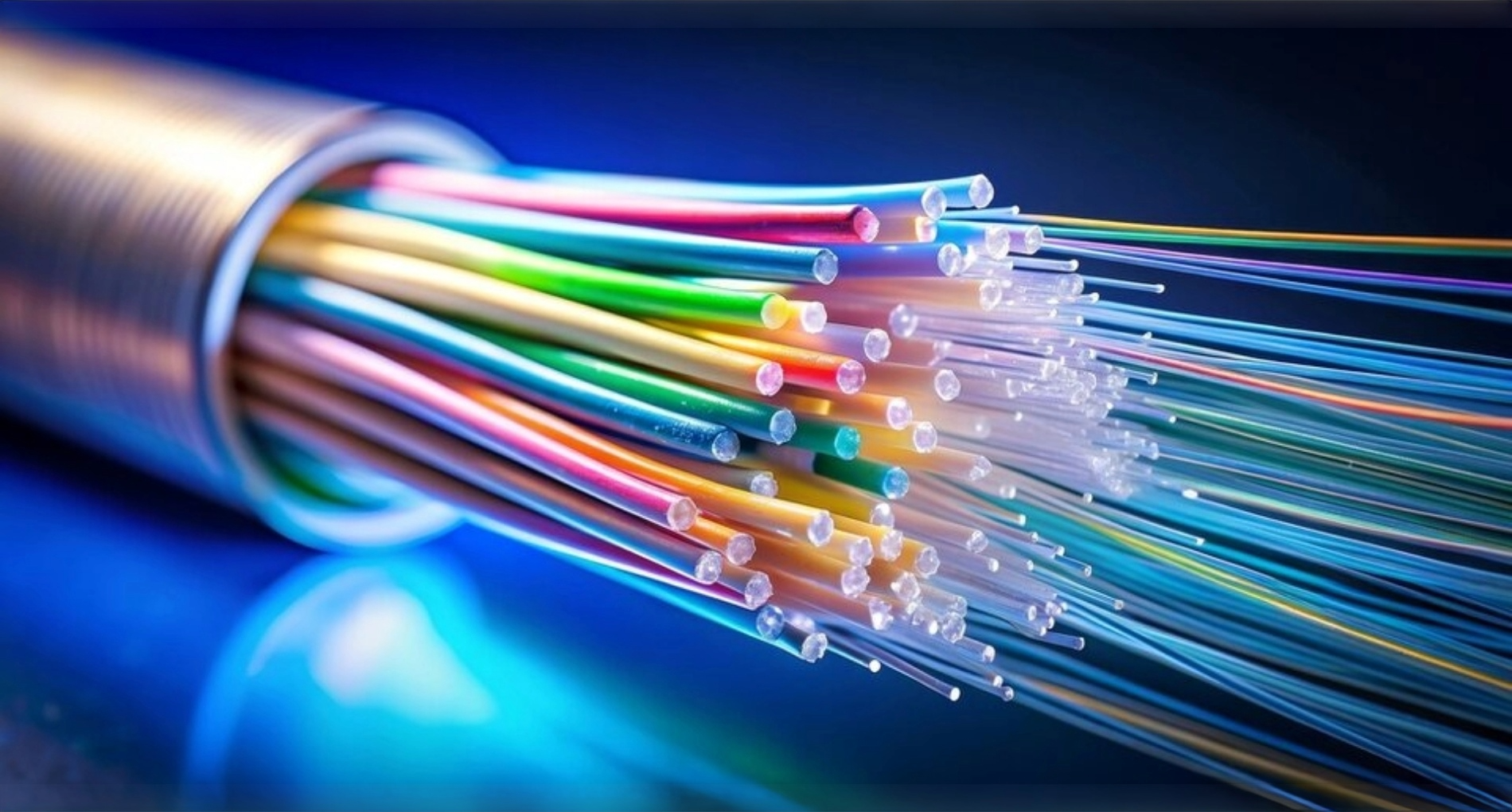Currently Empty: $0.00
When it comes to fiber optic cabling, understanding the different types of cables is essential for selecting the right one for your application. The two most common types of fiber optic cables are Single-mode and Multi-mode, each designed for specific uses and performance requirements. In this post, we’ll explore the differences between these two types of cables and help you understand which one is best suited for your needs.
What Are Fiber Optic Cables?
Fiber optic cables are used for transmitting data via light signals. They are constructed from glass or plastic fibers that carry light signals over long distances at very high speeds. The core of the fiber optic cable transmits the light signals, while the cladding surrounds the core and reflects the light back into the core to prevent signal loss. The jacket provides additional protection for the fibers.
What Is Single-mode Fiber Optic Cable?
Single-mode fiber (SMF) cables are designed to carry light signals in a single path or mode. This means that light travels straight down the core, minimizing dispersion and allowing the signal to travel long distances without degradation.
Key Features of Single-mode Fiber:
- Small Core Diameter:Typically 8 to 10 microns in diameter, allowing only one light path to travel.
- Longer Distances: Single-mode fibers are ideal for long-distance applications, with ranges reaching up to 100 km (or more) without needing a signal booster.
- Higher Bandwidth: The minimal dispersion of light allows for higher bandwidth, enabling faster data transmission over greater distances.
- Best for Outdoor and High-Speed Applications: Single-mode cables are used for long-haul communications, like internet backbones, fiber to the home (FTTH), and telecom networks.
Advantages of Single-mode Fiber:
- Lower Signal Loss: Single-mode fiber experiences less signal attenuation over long distances.
- Higher Data Rates: Suitable for high-speed, high-capacity applications.
Common Uses:
- Long-distance telecommunications
- Internet backbone connections
- Fiber optic networks for large corporations
What Is Multi-mode Fiber Optic Cable?
Multi-mode fiber (MMF) cables, on the other hand, allow multiple light signals to travel through the core at once. The core of a multi-mode fiber is larger than that of a single-mode fiber, typically 50 or 62.5 microns in diameter. This allows multiple modes of light to reflect and travel down the core.
Key Features of Multi-mode Fiber:
- Larger Core Diameter: The core is typically 50 or 62.5 microns, allowing multiple light signals to travel through at the same time.
- Shorter Distances: Multi-mode fiber is typically used for shorter-distance applications, usually within a building or campus, and typically spans distances of up to 2 km.
- Cost-Effective for Short Distances: Because the core is larger, multi-mode cables are less expensive to manufacture and install for short-distance applications.
Advantages of Multi-mode Fiber:
- Lower Cost: Multi-mode cables are generally more affordable than single-mode fibers.
- Ideal for Short-Distance Applications: Best suited for local area networks (LANs), data centers, and within buildings.
Common Uses:
- Data centers and server rooms
- Internal network connections (within buildings or campuses)
- Local area networks (LANs)
Single-mode vs Multi-mode: Which One to Choose?
Here’s a quick comparison to help you decide which type of fiber optic cable is best suited for your application:
| Feature | Single-mode Fiber | Multi-mode Fiber |
| Core Diameter | 8 to 10 microns | 50 to 62.5 microns |
| Distance | Up to 100 km or more | Typically up to 2 km |
| Light Transmission | Single path of light | Multiple light paths |
| Bandwidth | High bandwidth, faster data rates | Lower bandwidth, slower data rates |
| Cost | Higher cost | More affordable |
| Best For | Long-distance, high-speed networks | Short-distance, local networks |
Conclusion
Both single-mode and multi-mode fiber optic cables have their unique advantages and applications. If you’re planning to set up a long-distance network or need high-speed, high-capacity data transmission, single-mode fiber is the ideal choice. On the other hand, if you’re working on a shorter, more localized network, multi-mode fiber provides a cost-effective solution with sufficient performance.
Understanding these key differences helps you choose the right fiber optic cable for your project, whether you’re a professional installer, telecom provider, or a DIY enthusiast setting up a personal network.
Need Assistance?
If you’re still unsure about which fiber optic cable best suits your needs or have further questions, feel free to reach out to our experts!Explore our collection of fiber optic cables and get started on your installation project today!


